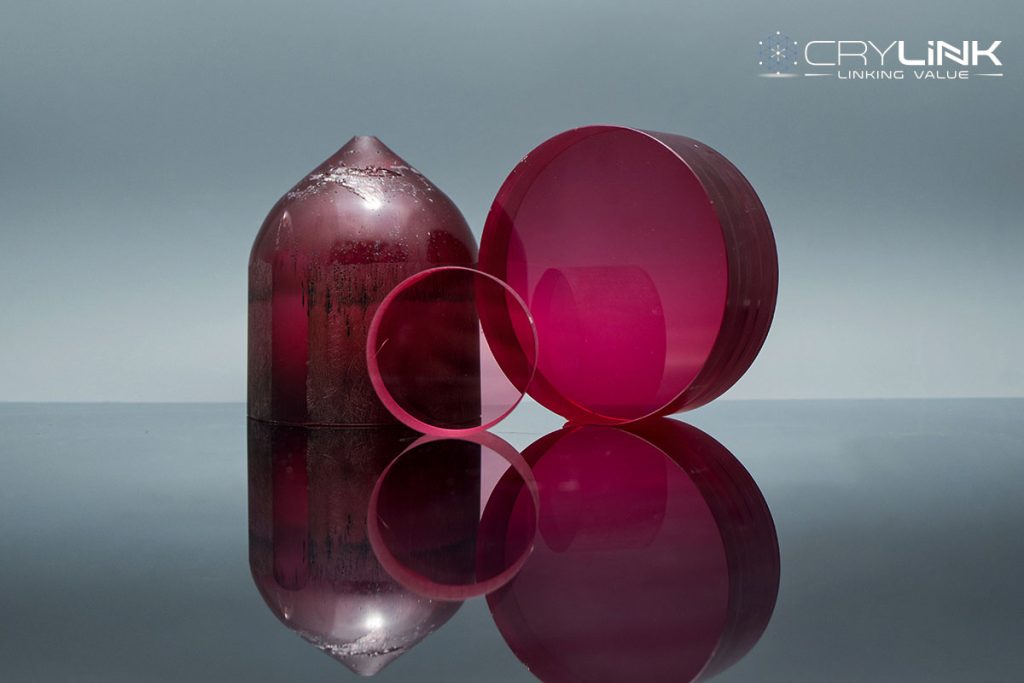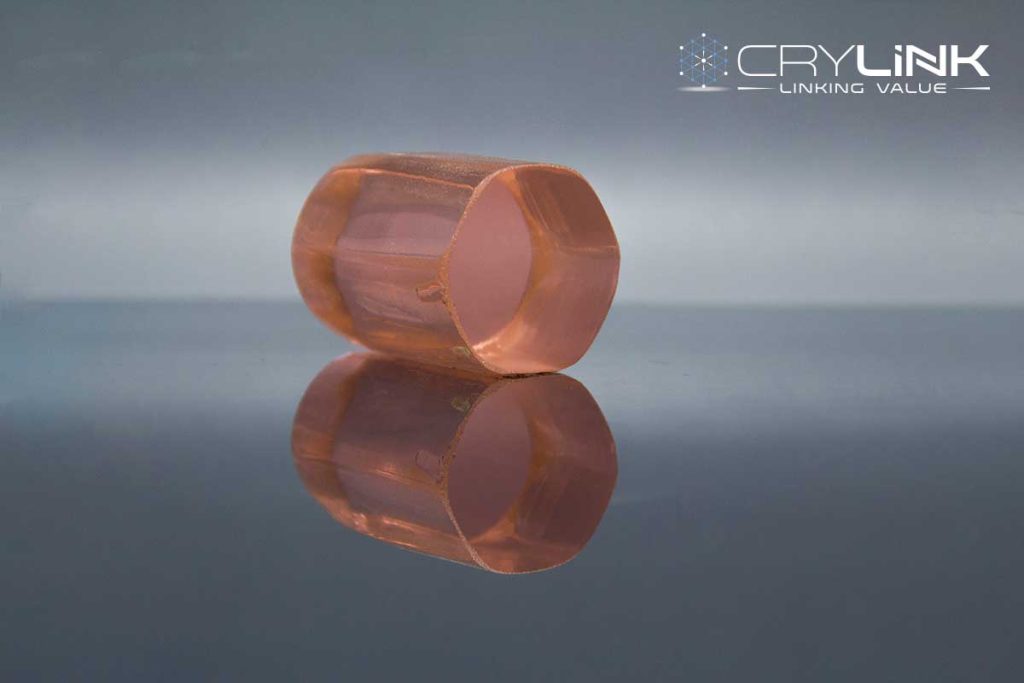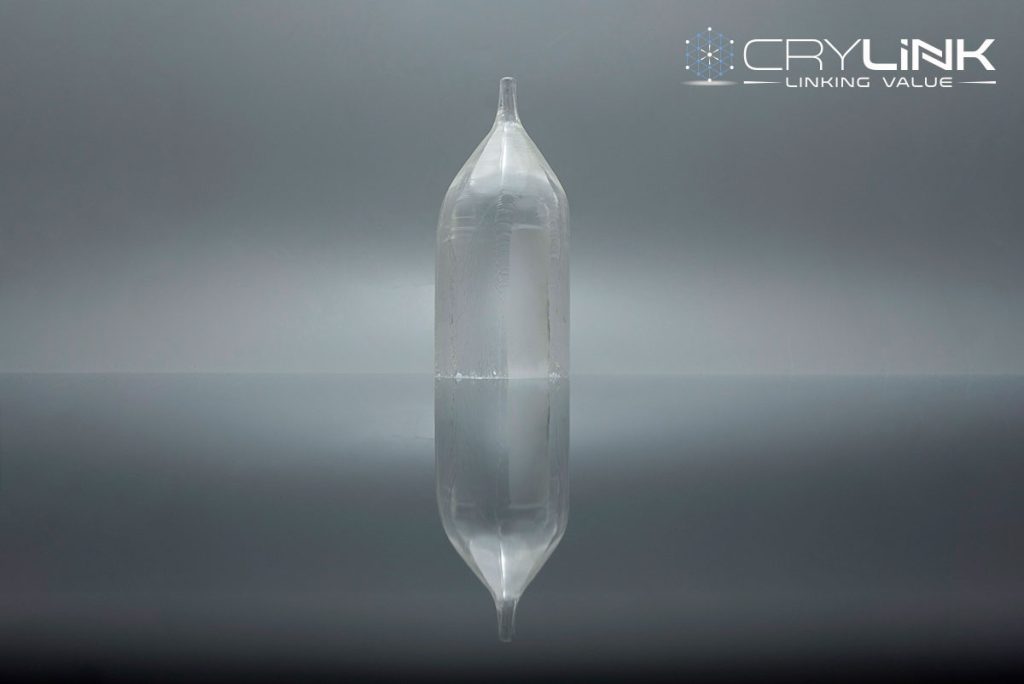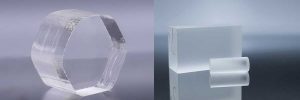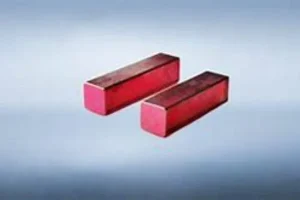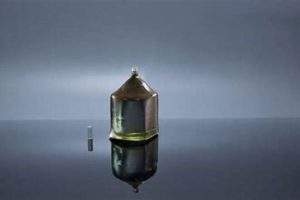Laser technology has been a significant part of our lives, shaping various sectors from telecommunications to manufacturing and medical treatments. An essential component of this technology is the laser crystal, which has evolved significantly over the decades.
Unveiling the Birth of Laser Crystals
The concept of lasers dates to 1950s, when physicist Charles Townes and his students developed the maser, a microwave precursor to the laser. The first laser, a ruby laser, came to existence in 1960 under the expertise of Theodore H. Maimane at Hughes Research Laboratories.
The Ruby Laser: The Genesis of Laser Technology
The genesis of laser technology was marked by the inception of the ruby laser, a product of ingenious scientific exploration by Theodore H. Maimane at Hughes Research Laboratories. This milestone invention was the first demonstration of a working laser, ushering in a new era of optical technologies.
The ruby laser comprises a synthetic ruby rod, which serves as the gain medium. This cylindrical rod, a composite of aluminum oxide mixed with small amounts of chromium, is responsible for generating the laser light. The rod is placed between two mirrors that form an optical resonator, creating a highly reflective environment to facilitate the laser action.
The ruby crystal produces a vivid red laser beam when excited by an external source of high energy, typically a flashlamp. The flashlamp emits white light, containing all wavelengths, which is absorbed by the ruby rod. The chromium ions in the rod get excited, and when they return to their original state, they emit light of a specific wavelength. This light, within the resonant cavity, bounces back and forth between the mirrors, stimulating other chromium ions to produce more light of the same wavelength. One of the mirrors is partially transparent, which allows some light to escape, forming the laser beam.
The birth of the ruby laser marked a significant turning point in the field of lasers, providing a foundation for the development of more efficient and powerful laser systems. Its invention triggered a wave of research into other lasing materials, leading to the subsequent development of various types of lasers, including gas lasers, semiconductor lasers, and other types of solid-state lasers. Despite the advent of these more advanced systems, the ruby laser remains an iconic part of laser history, symbolizing the beginning of laser technology.
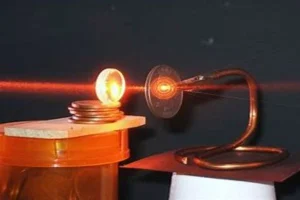
The Advent of Neodymium-doped Crystals
Following the introduction of the ruby laser, scientists and engineers embarked on a journey to enhance the efficiency and output power of lasers, leading to the advent of neodymium-doped crystals. This significant breakthrough came in 1964, with the development of the first neodymium-doped glass laser, marking a significant advancement in the field of laser technology.
Neodymium-doped crystals, such as Nd:YAG (Neodymium-doped Yttrium Aluminum Garnet), offered superior properties compared to ruby lasers. Neodymium ions, when doped into a suitable host material, provided a more efficient lasing medium with a higher energy storage capability. The crystalline structure of Nd:YAG facilitated a more efficient interaction of the neodymium ions with the pumping light, resulting in a higher conversion efficiency and output power.
Moreover, the emission wavelength of neodymium-doped crystals in the near-infrared region made them more suitable for many practical applications. It allowed deeper penetration into materials and biological tissues, opening new opportunities in areas such as material processing, medicine, and telecommunications.
The advent of neodymium-doped crystals represented a fundamental shift in the landscape of laser technology, paving the way for the subsequent development of more sophisticated laser systems. It significantly broadened the application spectrum of lasers, transforming numerous sectors and playing a crucial role in the technological advancements of the modern world.
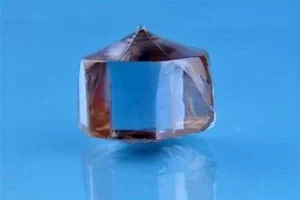
Transition to Gas Lasers and the Return to Solid-State
In the 1970s and 80s, gas lasers, such as the carbon dioxide laser and helium-neon laser, gained popularity due to their efficiency, continuous operation, and the precision of their beam. However, solid-state lasers, owing to their compact size and robustness, made a comeback in the 1990s with the advent of diode pumping.
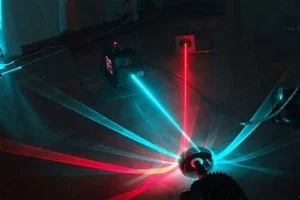
Diode-Pumped Solid-State Lasers (DPSSLs)
Diode-pumped solid-state lasers represented a significant advancement in laser technology. They offered higher efficiency, longer operational life, and better beam quality compared to their flashlamp-pumped counterparts. Their compact size and less power consumption made them a preferable choice for various applications.
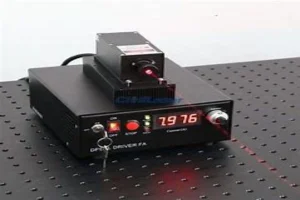
The Current Era of Laser Crystals
With advancements in technology and materials science, modern laser crystals have become more efficient and versatile. They now cater to a wide range of applications from medical procedures to industrial machining and telecommunications.
Ytterbium-Doped Laser Crystals
Ytterbium-doped crystals, such as Yb:YAG and Yb:KYW, are currently among the most extensively used laser materials. They offer a broad gain bandwidth and high efficiency, particularly in ultrafast and high-power laser systems.
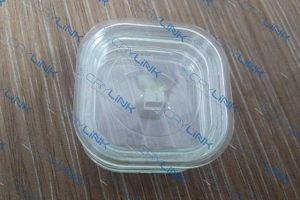
Discovery of Ultrafast Laser Crystals
Ultrafast laser crystals like Ti:sapphire have revolutionized the field of optics. Their wide gain bandwidth allows generation of short pulses in the femtosecond range, enabling applications in micromachining, medical imaging, and fundamental research.
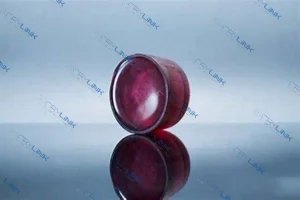
Prospects of Laser Crystals
The future of laser crystals promises a realm of possibilities, with ongoing advancements pushing the boundaries of laser technology. As our world continues to embrace precision, efficiency, and miniaturization, the development and improvement of laser crystals remain a crucial area of research.
The next generation of laser crystals aims to handle higher powers, offer broader tunability, and produce ultrashort pulses. Such advancements are integral to catering to the growing demands across various sectors, including telecommunications, manufacturing, medicine, and scientific research.
The exploration of novel dopants is one area of focus, as scientists seek to discover materials that can deliver enhanced performance. By manipulating the dopants in laser crystals, it’s possible to customize the properties of the emitted laser light, thereby tuning its power, efficiency, and wavelength to meet specific application needs.
The development of composite laser crystals also represents a significant frontier in laser technology. These crystals combine different materials, enabling the separation of the lasing and cooling functions into different regions of the crystal. Such an arrangement can help to manage thermal effects better, thereby enhancing the power output and beam quality of lasers.
Moreover, breakthroughs in synthetic crystal growth techniques are paving the way to produce higher-quality laser crystals. These techniques allow for precise control over the crystal’s composition and structure, leading to improvements in lasing efficiency and power handling capabilities.
In a world where technology continues to evolve at a rapid pace, the prospects of laser crystals are vast and exciting. Through ongoing research and innovation, laser crystals will undoubtedly continue to play a pivotal role in driving advancements in laser technology, potentially transforming various aspects of our everyday lives.
Next-Generation Laser Crystals
The next-generation laser crystals are set to revolutionize the laser industry, fueled by continuous advancements in materials science and optical technologies. These future materials aim to provide higher power levels, broader wavelength tunability, and shorter pulse durations. One promising development is the exploration of new dopants, such as lutetium and thulium, which can potentially improve lasing properties. Another focus area is the production of composite and gradient-doped crystals, offering enhanced heat management and power scaling capabilities.
Meanwhile, progress in crystal growth techniques promises more precise control over crystal composition and structure, which can lead to improved lasing performance. These upcoming developments showcase the potential of next-generation laser crystals in shaping the future of laser technology.
Composite Laser Crystals
Composite laser crystals represent an innovative leap in the field of laser technology. Essentially, these crystals consist of different regions, each performing a specific function. This division allows for the separate optimization of lasing and cooling processes, thereby enhancing the overall performance of the laser system.
The primary advantage of composite laser crystals is their superior thermal management. By localizing the heat generation and extraction in different sections of the crystal, thermal stress and associated optical distortions can be significantly reduced. This improved thermal handling allows for increased power output without compromising the beam quality, thereby pushing the boundaries of what’s achievable with solid-state lasers. As such, composite laser crystals present an exciting frontier for the future of laser technology.
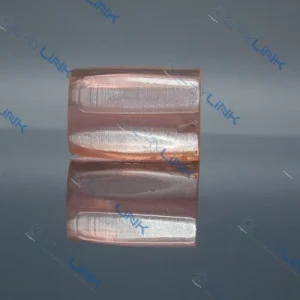
Conclusion
In conclusion, the evolution of laser crystals has been a fascinating journey, shaping the history of solid-state lasers. From the birth of the ruby laser to the advent of advanced materials used today, these crystals have been at the forefront of technological advances, revolutionizing industries, and science. As the quest for better efficiency and higher precision continues, we can only anticipate more exciting developments in the realm of laser crystals.
FAQs
Q1: What was the first laser?
The first laser was the ruby laser developed by Theodore H. Maimane in 1960.
Q2: What led to the development of neodymium-doped crystals?
The need for better efficiency and power output in lasers led to the development of neodymium-doped crystals.
Q3: What are the benefits of diode-pumped solid-state lasers?
Diode-pumped solid-state lasers offer higher efficiency, longer operational life, better beam quality, compact size, and less power consumption.
Q4: Why are Ytterbium-doped laser crystals widely used?
Ytterbium-doped crystals offer a broad gain bandwidth and high efficiency, which makes them suitable for ultrafast and high-power laser systems.
Q5: What are the prospects in the field of laser crystals?
The future of laser technology lies in the development of crystals that can handle higher powers, offer broader tunability, produce ultrashort pulses, and use composite crystals to control thermal effects and increase power output.

